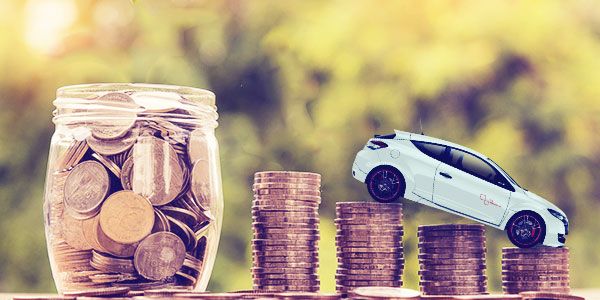When you’re struggling to pay your bills - especially that expensive car loan, you might be wondering if bankruptcy could lower your car payments. Well, it’s true that bankruptcy helps to reduce your car payments. But the ultimate question is how does bankruptcy lower your car payments? The next question is, which type of bankruptcy should you file? Chapter 7 bankruptcy or Chapter 13 bankruptcy? Let’s find out.
How to lower your car payments in bankruptcy
Both Chapter 7 bankruptcy and Chapter 13 bankruptcy could decrease your car payment. Let’s know how.
1 How Chapter 7 helps to lower your car payments
Calculate the replacement value of the car. Pay an amount equal to its replacement value. This has a great advantage for you. Usually, the replacement value of the car is lower than what you owe to your lender. The catch is, you have to pay the amount in lump sum. Do you have enough money to pay the required amount?
In a reaffirmation agreement, you agree to retain the car in exchange for regular monthly payments. Yes. You have to make monthly payments every month. If you skip payments, the creditor can repossess your vehicle.
2 How Chapter 13 helps to lower your car payments
According to bankruptcy attorneys, Chapter 13 is the best option to reduce car payments. In the Chapter 13 bankruptcy or the wage earner’s plan, your auto loan is a part of your bankruptcy plan, and it will be paid by the trustee. You can lower the interest rate (down to ~4%) and principal balance of an auto loan in the wage earner’s plan. But you can do so under the following circumstances:
- The fair market value of the car is less than what you owe to your lender (also known as cram down)
- You bought the car 910 days before filing Chapter 13 bankruptcy
- The car was used only for business purposes
- The car was driven by somebody else
3 What happens in a cram down?
If the value of the car is less than your outstanding balance, then you only need to repay the balance based on the current value instead of the contracted loan balance. This might reduce your debt and payment. Usually, a car loses 50% of its value in the first 4 years of life. So if you’re filing bankruptcy even after 4 years, there’s a great probability that your outstanding balance is more than the value of the car.
4 What if you can’t lower the interest rate in bankruptcy
Well, you can change the terms and conditions of the promissory note signed by you and your lender. If you’re paying a high interest at present, you can lower it to 1.5% above the prime rate.
In the reorganization plan (Chapter 13 bankruptcy), you have the right to reset the interest rate using a formula given by the US Supreme Court in the Till case. In that particular case, the court used the prime interest rate and added a 1.5% premium to account for the lender’s risk of nonpayment. In that year, the prime rate was 3.25%. The court added another 1.5%, which gave a Till rate of 4.75%.
Just imagine how much you would save on a 10% auto loan if bankruptcy helps to reduce it to a mere 4.75%. It’s a huge amount.
Steps to get your car title from the lender after filing bankruptcy
- Take the copy of the Proof of Claim filed by the car lender
- Take the copies of Chapter 13 plan and confirmation order
- Obtain copies of all motions filed in your bankruptcy case in relation to the vehicle
- Get hold of the copy of the trustee’s claims register and bankruptcy discharge
Conclusion
I’m not saying that Chapter 13 bankruptcy is the best way to lower your car payment. There are various factors that need to be considered. Plus, there are attorney fees and court fees too. You should try to refinance your auto loan first. If that doesn’t work out, then you might consider bankruptcy. But if you really have to file bankruptcy to reduce car payment, then opt for Chapter 13 bankruptcy rather than Chapter 7 bankruptcy.









